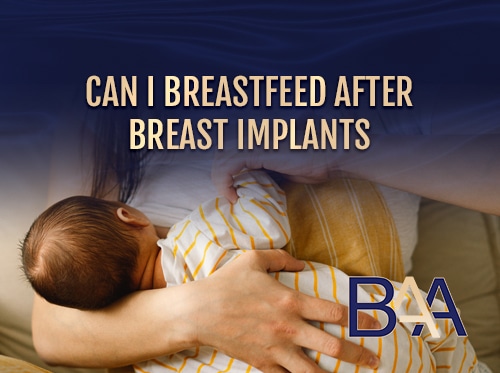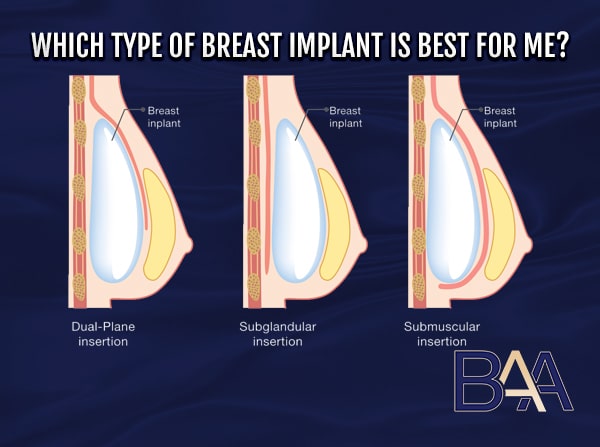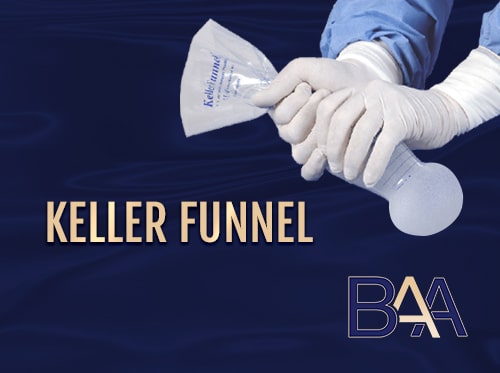Comparison Between Cohesive Gel and Saline Breast Implants
Nowadays, women have the luxury of choosing their preferred breast implant for breast augmentation. The challenge, however, is that most aren’t aware of the available options and how they differ.
It is time to discuss the available breast implants and comprehensively compare them. Two of the major options out there are cohesive gel and saline breast implants. If you’re considering a breast implant, here is a comparison between cohesive gel and saline breast implants.
Cohesive Breast implants vs Saline Breast Implants; key points
Breast implants can include either silicone or saline. Each of these comes with unique characteristics. Silicone implants are pre-filled with a more viscous, cohesive gel than saline. This results in a softer and more “natural” look and feel. They are less susceptible to rippling. Saline implants feature a silicone shell filled with sterile salt water solution, resulting in a fuller and round appearance. They are firm and adjustable. They are more prone to rippling or wrinkling compared to silicone implants. On the upper side, they are less expensive.
Cohesive Gel Implants

Cohesive gel implants are made of semi-solid silicone gel and are commonly referred to as “gummy bear” implants due to their sticky consistency. These cohesive gel implants have become extremely popular among women seeking breast augmentation in Newcastle & Sydney, offering a natural breast-like feel with numerous shapes and sizes available.
Saline Implants
Breast implants made of saline are filled with sterile saltwater. They mainly feature a silicone outer shell inserted into the breasts through an incision and later filled with saline solution. One major advantage of saline breasts is the ability to adjust in size, which means surgeons can adjust the volume of saline solution used to fill the implant allowing for more precise breast customisation.
However, it is ideal to note that saline breast implants might not feel or look as natural as cohesive gel implants.
Cohesive Gel Vs. Saline Breast Implants Head-to-Head Comparison

Both saline and silicone implants feature an outer silicone shell. Their difference is what’s contained in the shell. As the name suggests, silicone gel breast implants are filled with cohesive gel, while the others have sterile salt water.
Both options are safe to use and TGA-approved. Saline breast implants were first approved in May 2000, and the cohesive gel types later in November 2006.
The differentiating factor is what’s contained in the outer silicone shell. For example, saline breast implants have “Saline”, also called sodium chloride (NaCl), while cohesive silicone gel implants feature a silicone gel matrix. This means that the saline implants can be inserted empty and then later filled by a surgeon. On the other hand, silicone gel implants are pre-filled by the manufacturer.
Most women prefer cohesive gel breast implants because of their ‘natural’ feel.
Dr. Bernard Beldholm says, “I prefer cohesive silicone implant. In my opinion, they feel natural and have less risk of rippling. I think they provide a better cosmetic result.”
The silicone content is softer and mimics the feel of body fat/Breast tissue. In addition, the cohesive gel reduces wrinkles and ripples, which are common in saline breast implants. Saline breast implants tend to be firmer and produce a less natural result.
Silicone breast implants carry more risk in case of a rupture. Human bodies cannot absorb cohesive gel resulting in a silent rupture. This can be detected using Ultrasound or MRI scanning. The deflation in the saline-filled implants is usually obvious since the body absorbs the saline water.
The costs for these breast implants vary and depend on various factors, such as size. There is no fixed budget for either service. However, saline is less expensive than a cohesive gel breast implant procedure.
One advantage of cohesive gel implants is that they are form stable and come in different shapes. On the other hand, Saline implants are round and can vary in size.
Cohesive Gel Vs. Saline Breast Implant Volume
Cohesive gel implants come pre-filled. Each implant has its specific volume, which is not adjustable. For example, you will find a 300cc silicone breast implant filled with 300cc of cohesive gel.
For saline breast implants, the operating surgeon must fill them. The outer silicone shell has a valve through which the water gets filled, after which the surgeon uses a small cover to seal it.
Each available saline implant has its specified minimum and range for the breast implant surgeon to observe. For instance, if a saline gel implant specifies a minimum volume of 300cc, its recommended content could be between 300cc and 325cc. The surgeon can overfill the outer shell, offering more flexibility in sizing.
The size-adjustable property for saline breast implants makes breast augmentation more customisable. For example, if a patient needs a 300cc for the right breast and 325 for the left, the surgeon can get the same saline implant and then vary the saline content accordingly. This isn’t the case for cohesive gel implants since they would have to obtain a 300cc and a new implant 325cc for the respective breasts.
Cohesive Gel Vs. Saline Breast Implants Incision Length

Cohesive gel breast implants come pre-filled; plastic surgeons must make large enough incisions through the chest wall to fit them. This ensures the implant is inserted intact and prevents unnecessary damage. With the help of a qualified and experienced FRACS surgeon, these incisions can get done in a well-hidden area.
The breast implants can be inserted either under the breast, peri-areolar or through an axillary incision.
Saline implants allow for a less invasive procedure since they are not pre-filled. This means that they can be inserted through smaller incisions. Common incision locations include inframammary, periareolar, umbilical, or axillary, depending on the surgeon’s preference and the patient’s needs.
Breast Implants Results
Cohesive gel breast implants are compressible and soft to the touch. Their well-structured lines look and feel more natural compared to the saline types.
After going through the above comparisons, it is clear that your ideal choice depends on your preferences and lifestyle. The most important thing is to get a qualified and certified breast implant Sydney surgeon to ensure quality breast augmentation.
After plastic surgery, it is best to follow the recommended recovery process specified by the surgeon. For instance, if you choose to get a cohesive gel breast implant, you may be advised to have MRIs occasionally. This is to help identify a ruptured silicone shell, which should be replaced or removed.
Saline breast implant patients can easily detect deflated breasts and do not need MRI scans.
Now that you understand their differences choosing whether to get cohesive gel or saline breast is up to you.
Cost Comparison
Cost comparison between saline and silicone gel implants reveals significant variations. Silicone gel implants tend to cost twice what saline implants do. This makes silicone less appealing for patients looking for cost-cutting breast augmentation procedures.
However, most patients still opt for silicone implants despite the higher costs. This is due to their natural look and feel and lower chance of rippling or wrinkle formation than saline ones. Silicone may be your go-to choice if desired breast results include something close to natural breasts.
Schedule A Consultation with Dr. Bernard Beldholm Today
Are you still undecided about having a cohesive gel or saline breast implant? Dr. Bernard Beldholm is here to guide you and help you pick the ideal option. He is a FRACS, FACCS breast implant Specialist surgeon.
He works with other surgeons to satisfy the needs of breast implants in Newcastle patients. They consider various factors, such as your body type, lifestyle, personal preferences, age, etc., to help you choose the right one.
Reference
- Swanson, E. (2020). Prospective Study of Saline versus Silicone Gel Implants for Subpectoral Breast Augmentation. Plastic and Reconstructive Surgery. Global Open, 8(6), e2882.
- Spear, S. L., & Jespersen, M. R. (2010). Breast Implants: Saline or Silicone? Aesthetic Surgery Journal, 30(4), 557–570.
- Wekking, D., Porcu, M., De Silva, P., Saba, L., Scartozzi, M., & Solinas, C. (2023). Breast MRI: Clinical Indications, Recommendations, and Future Applications in Breast Cancer Diagnosis. Current Oncology Reports.
- Siotos, C., Sarmiento, S., McColl, M., Sacks, J. M., Manahan, M. A., Rosson, G. D., & Cooney, C. M. (2019). Cost-Effectiveness Analysis of Silicone versus Saline Implant-Based Breast Reconstruction Using the BREAST-Q. Plastic and Reconstructive Surgery, 143(2), 276e–284e.
- Eisenberg, T. (2022). The Underappreciated Saline Breast Implant. Aesthetic Plastic Surgery, 47(2), 897–900.
- Di Pompeo, F. S., Paolini, G., Firmani, G., & Sorotos, M. (2022). History of breast implants: Back to the future. JPRAS Open, 32, 166–177.



